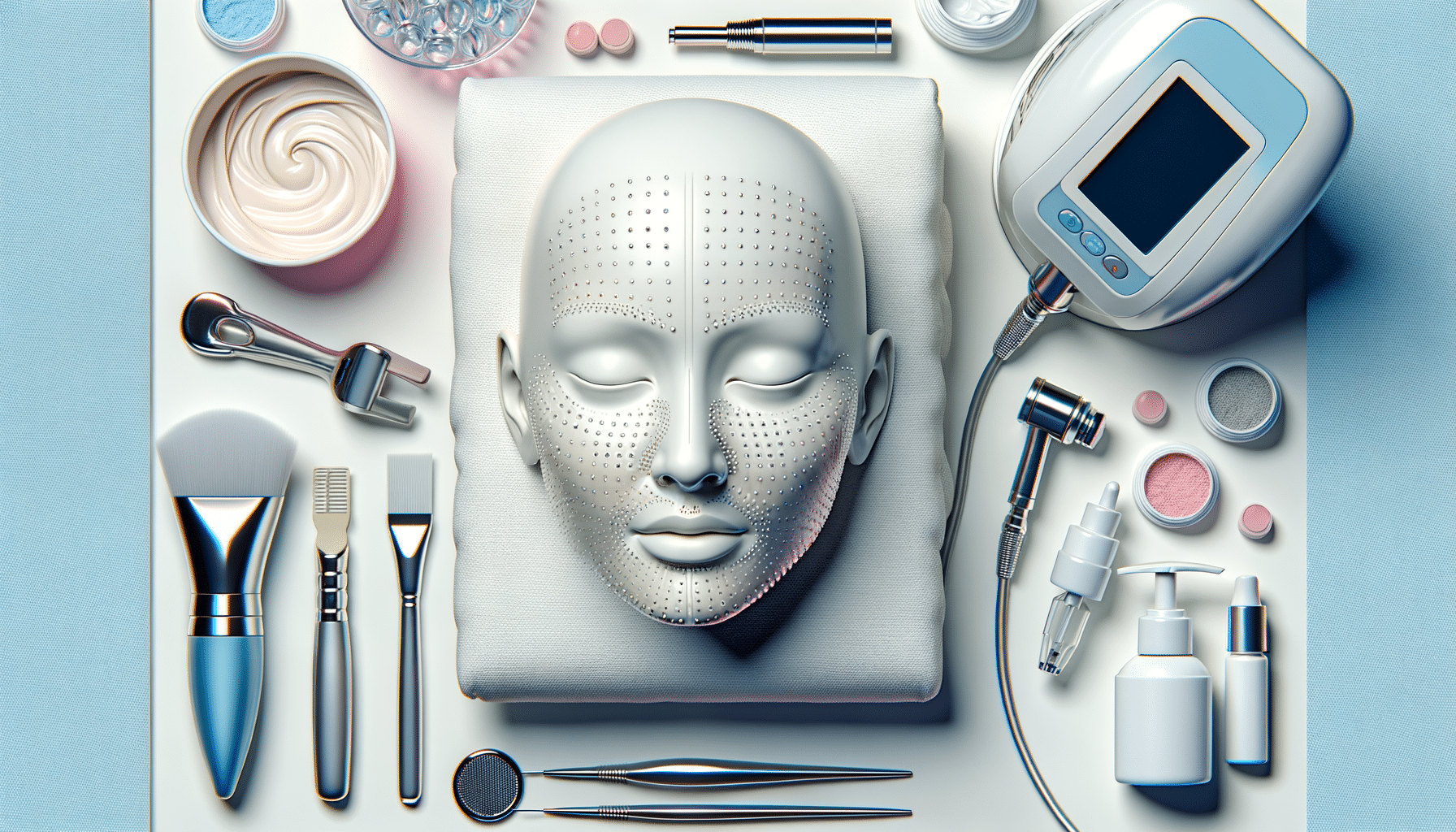
Exploring Traditional Asian Healing and Massage for Relaxation
The Asian Massage Tradition
Asian massage traditions have evolved over thousands of years, deeply rooted in the cultural and spiritual practices of the East. These techniques are not merely about physical manipulation but are intertwined with the philosophies of balance and harmony. Ancient texts from China, Japan, and Thailand describe massage as a vital component of holistic health practices, emphasizing the interconnectedness of body, mind, and spirit.
One of the key elements of Asian massage is the focus on energy flow, often referred to as ‘Qi’ in Chinese culture or ‘Ki’ in Japanese traditions. The belief is that a balanced flow of energy is essential for health and well-being. Techniques such as acupressure, Shiatsu, and Thai massage work on specific points and lines on the body to unblock and enhance this energy flow.
These traditions have been passed down through generations, with each culture adding its unique touch. For instance, Thai massage incorporates yoga-like stretching, while Shiatsu focuses on pressure points along the body’s meridians. Despite their differences, all these techniques share a common goal: to promote physical and emotional healing through touch and manipulation.
The Benefits of Asian Massage Techniques
Asian massage techniques offer a wide range of benefits that go beyond mere relaxation. These methods are known for their ability to alleviate stress, reduce muscle tension, and improve circulation. By targeting specific pressure points, they can also help in relieving chronic pain and promoting flexibility.
Research has shown that regular sessions of Asian massage can lead to improved mental clarity and emotional balance. The techniques stimulate the nervous system, promoting the release of endorphins, which are natural mood enhancers. This makes Asian massage an effective therapy for individuals dealing with anxiety and depression.
Moreover, the holistic approach of Asian massage addresses the root causes of discomfort rather than just the symptoms. By focusing on energy flow and balance, these techniques help in detoxifying the body, boosting the immune system, and enhancing overall vitality. The integration of breathing exercises and meditation in some forms of Asian massage further amplifies these benefits, offering a comprehensive wellness experience.
A Holistic Approach to Wellness
Asian massage is more than just a physical therapy; it is a holistic approach to wellness that embraces the whole person. This tradition teaches that true health is achieved when the body, mind, and spirit are in harmony. Through the art of touch, Asian massage facilitates this balance, promoting a state of deep relaxation and inner peace.
Incorporating Asian massage into one’s lifestyle can lead to profound changes. It encourages mindfulness, allowing individuals to become more aware of their bodies and emotions. This heightened awareness can lead to better stress management and more conscious lifestyle choices.
Furthermore, Asian massage can be a powerful tool in preventative health care. By maintaining the body’s natural energy flow and addressing imbalances early, it helps in preventing illness and promoting longevity. As a part of a broader wellness regimen, Asian massage complements other healthy practices such as nutrition, exercise, and meditation, creating a well-rounded approach to health and well-being.


